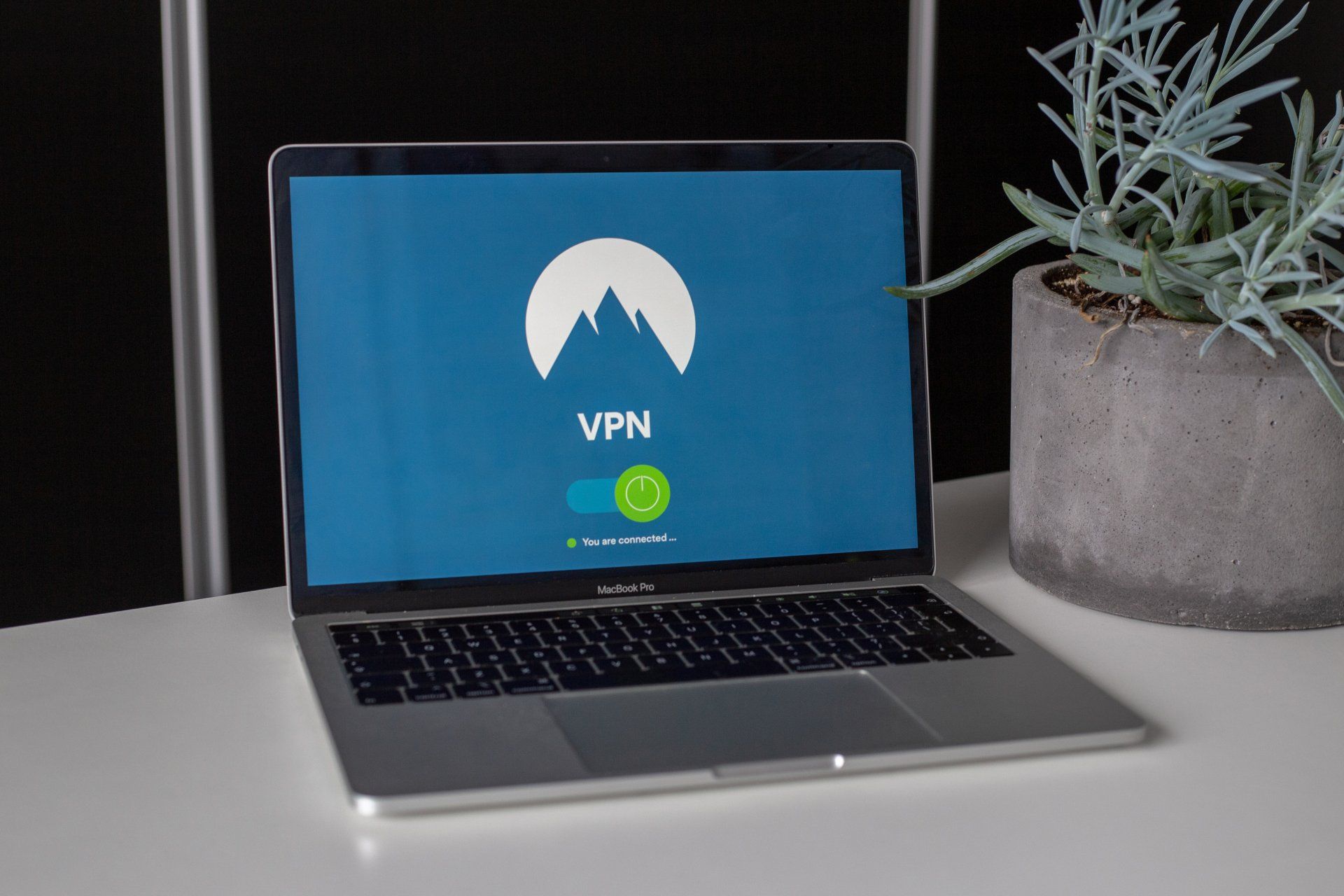Risk measurement and Risk Monitoring
Risk measurement and risk monitoring are used in risk management to measure and track the level of risk that a bank is exposed to and to inform decision-making related to risk management. Banks use risk measurement and risk monitoring to:
- Quantify risks: Risk measurement is used to quantify the level of risk that a bank is exposed to, including credit risk, market risk, liquidity risk, operational risk, and reputational risk.
- Prioritize risks: Risk measurement is used to prioritize risks based on their likelihood and potential impact. This helps banks to focus on the most significant risks and to develop appropriate risk mitigation strategies.
- Identify changes in risk: Risk monitoring is used to identify changes in the level of risk that a bank is exposed to over time. This helps banks to assess the effectiveness of their risk mitigation strategies and to adjust their risk management activities as needed.
- Report risks: Risk monitoring is used to report risk exposures and mitigation strategies to senior management, the board of directors, and other stakeholders. This helps to ensure that stakeholders are informed of the bank's risk exposures and that risk management activities are transparent.
Risk measurement and risk monitoring are important components of risk management in banks. They are used to measure and track the level of risk that a bank is exposed to and to inform decision-making related to risk management. Risk measurement involves the use of statistical and mathematical models to quantify the level of risk, while risk monitoring involves the regular monitoring and reporting of risk exposures and mitigation strategies. Effective use of risk measurement and risk monitoring is essential to ensuring that banks operate in a safe and sound manner and that they are able to meet the needs of their stakeholders.




